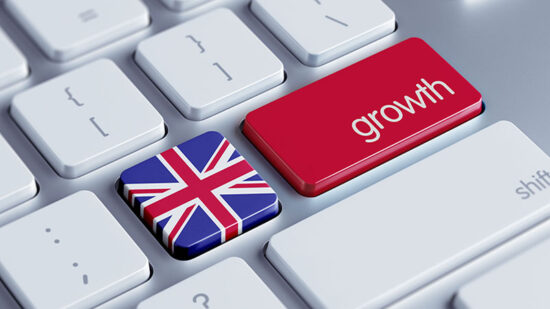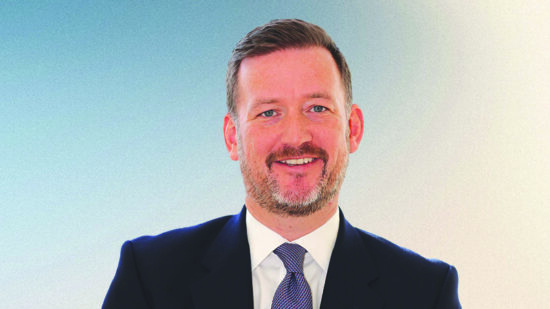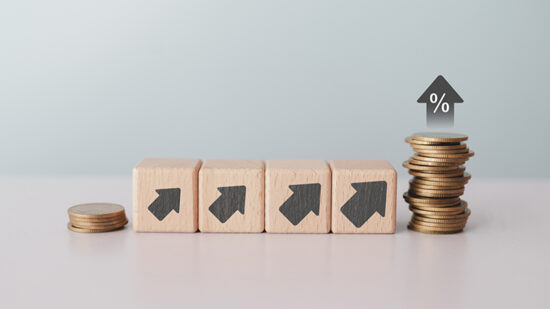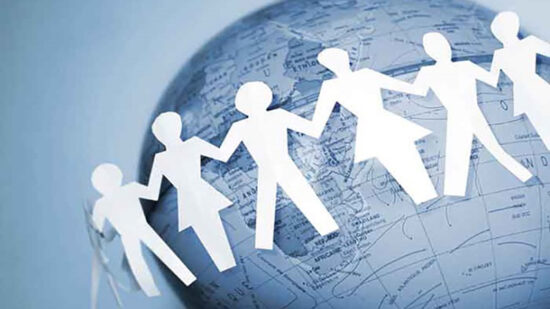During the first quarter of 2017, £1.59bn was withdrawn, figures from HM Revenue & Customs revealed.
The average amount withdrawn per person has fallen nearly every quarter and now stands at £9,034.

This is down from an average of £18,571 in the second quarter of 2015.
| Period | Average withdrawal per person |
| Q2 2015 | £18,571 |
| Q3 2015 | £14,444 |
| Q4 2015 | £11,940 |
| Q1 2016 | £11,081 |
| Q2 2016 | £11,132 |
| Q3 2016 | £9,747 |
| Q4 2016 | £9,630 |
| Q1 2017 | £9,034 |
Sensible management
For the second full year of the freedoms, a total of 393,000 individuals collectively withdrew £6.45bn from their pension savings.
Tom Selby, senior analyst at AJ Bell, comments: “The pension freedoms have clearly been hugely popular, with HMRC figures suggesting well over £10bn has been accessed flexibly in the first two years of the reforms. Given industry reporting was optional in 2015/16, it’s likely the actual figure is significantly higher.
“It is interesting to note that the average withdrawal per person continues to trend downwards, standing at just over £9,000 in Q1 2017. Hopefully this is indicative of savers managing their retirement incomes sensibly and making withdrawals at levels that will be sustainable over the long term.”
More analysis needed
Tom McPhail, head of policy at Hargreaves Lansdown, said: “After the initial bow-wave of demand in the first 2 quarters of 2015, the retirement income market appears to have settled and stabilised remarkably quickly.
“Annuity transactions (reported elsewhere) have stabilised too at around 20,000 a quarter; so all this data suggests the pension freedom reforms are bedding in well.”
“We would like to see policymakers producing more detailed qualitative analysis now, digging into individual investors’ circumstances and decision-making to make sure they’re not going to be running out of money 15 years from now.”








